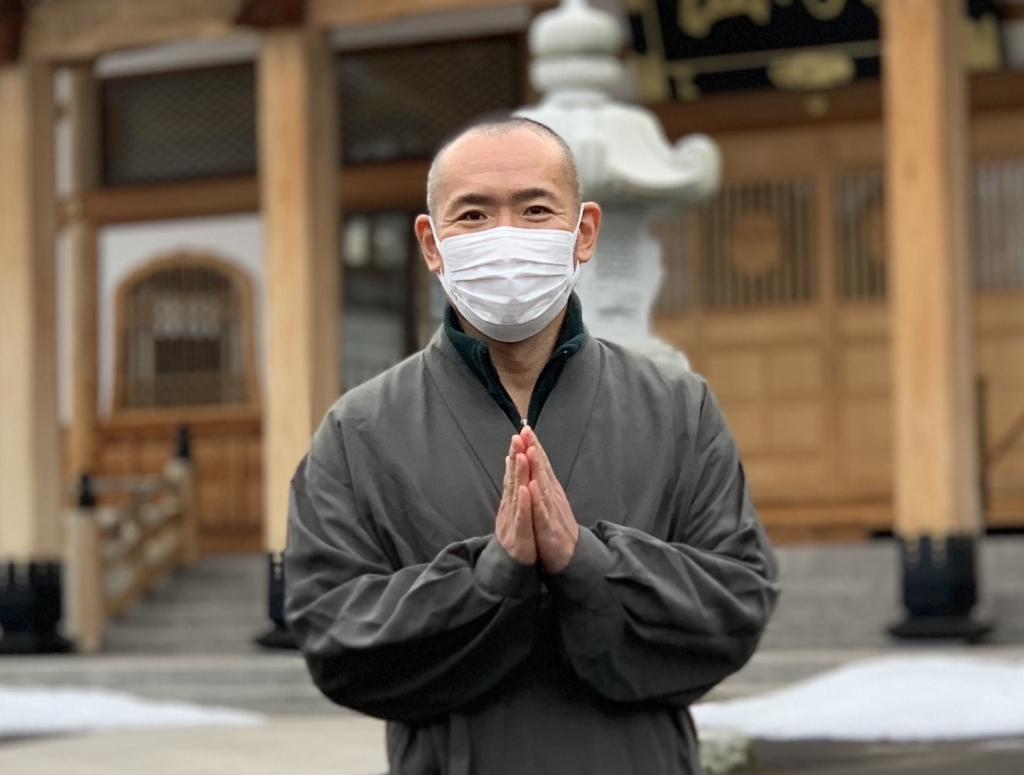A detour to Japan’s northeastern prefecture of Iwate is simply the travel experience that sends you on a path of self-discovery, stunning you silently with its dramatic coastline, castle towns, caldera lakes, vast pastoral farms, pleasantly surprising wildlife, caves, lush mountains ranges, onsen and savory folktales.
Inked in history for its legacy of ironwork, it’s the Iwate people who match the steel with their will, which one recognizes after witnessing the ramped-up restoration post the 2011 Tohuku disaster. Iwate’s primary industries now range from dairy, steel, fishery to the latest geothermal plant, a significant step closer to green tourism.
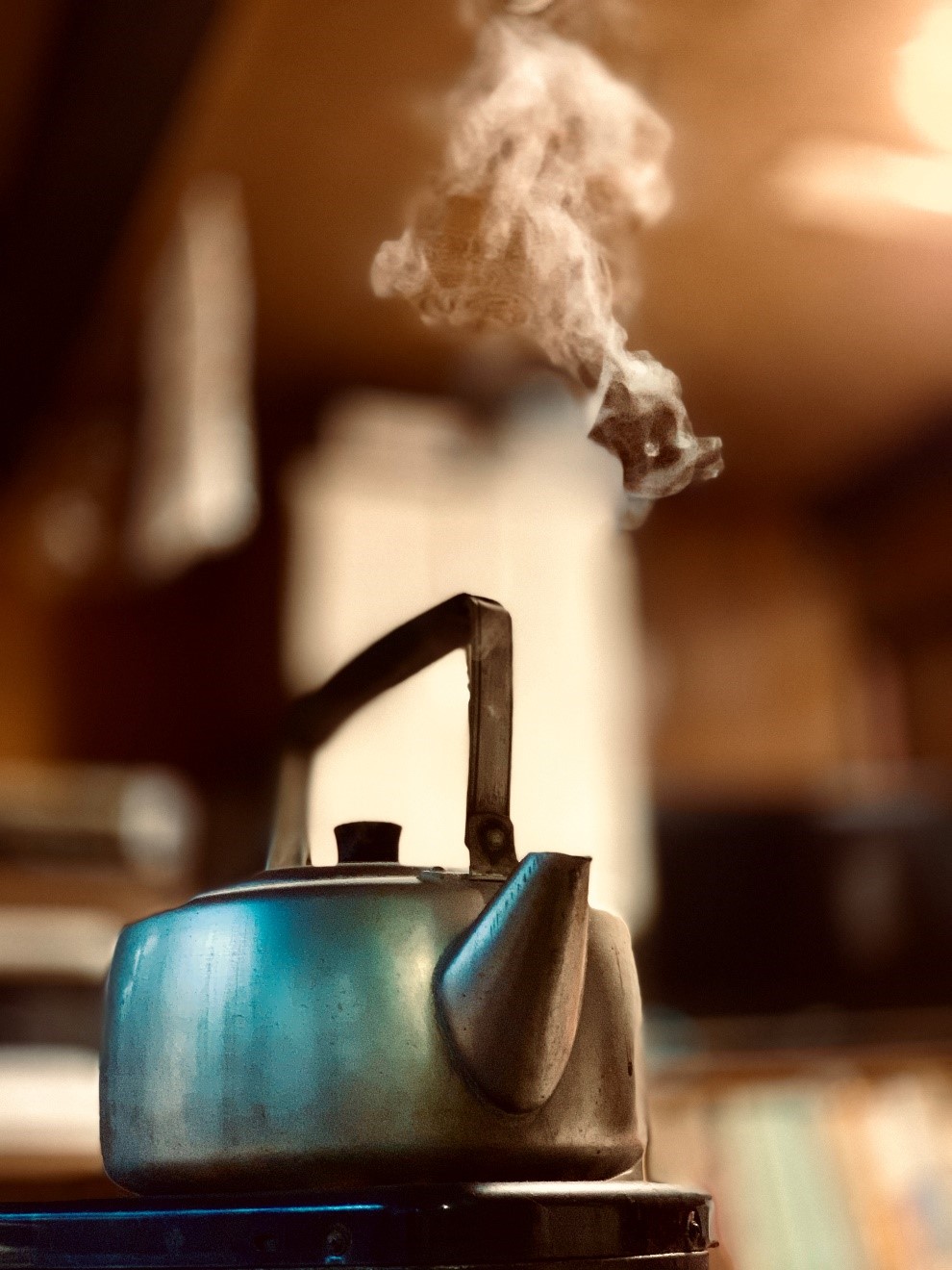
In Iwate, you get a chance to travel back in time on a steam-hauled train at a different pace exploring Iwate’s sustainable traditions, proudly maintained local heritage, or just taking in the glorious sunsets.
Come along on a three-day journey to exploring three of Iwate’s most pronounced cities covering Hachimantai, Tono and Kamaishi. But first, let’s start from where all good stories begin – on a short two-and-a-half-hour shinkansen ride to Morioka from Tokyo.
Day 1 – Hachimantai
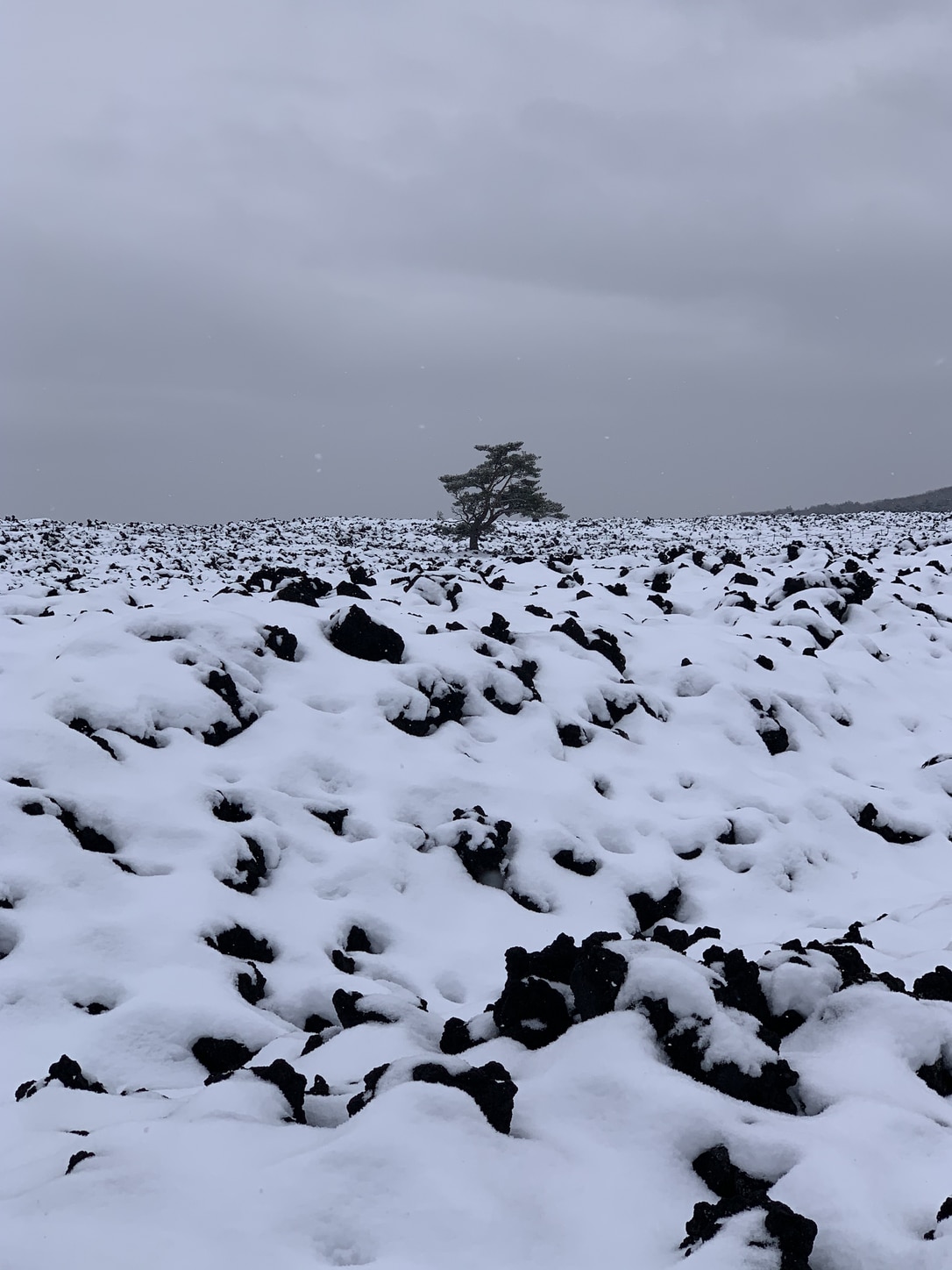
Yakehashiri lava flow trail
After arriving in Morioka, we drive up for about 45 minutes to the northeastern slope of Mount Iwate for a scenic Yakehashiri lava flow walk. Yakehashiri is the cooled hardened lava from Mount Iwate’s eruption dating back to 1723, which stretches for about 3 kilometers. A stark contrast of flora and fauna as the primitive lava soil lies barren with only komakusa (Dicentra peregrina) clusters blooming in summer months.
For lunch, we are led to Natsukashi-no-ie restaurant in Hachimantai, serving simple homely meals. This quaint local dining room also doubles as a venue for senior citizens living alone to gather together for a meal.
With warm bellies, we head over for a session of mindful meditation to Soto Buddhism Matsuosan Jurenji Temple. Here we meet the Zen master, the vice priest Mr. Bunsei Katsura, and chant the profound “Heart Sutra” in his company. The Heart Sutra provides us with an insight to discard any preconceptions, doubts and worries we have in this material world to achieve higher clarity and happiness in just being alive.
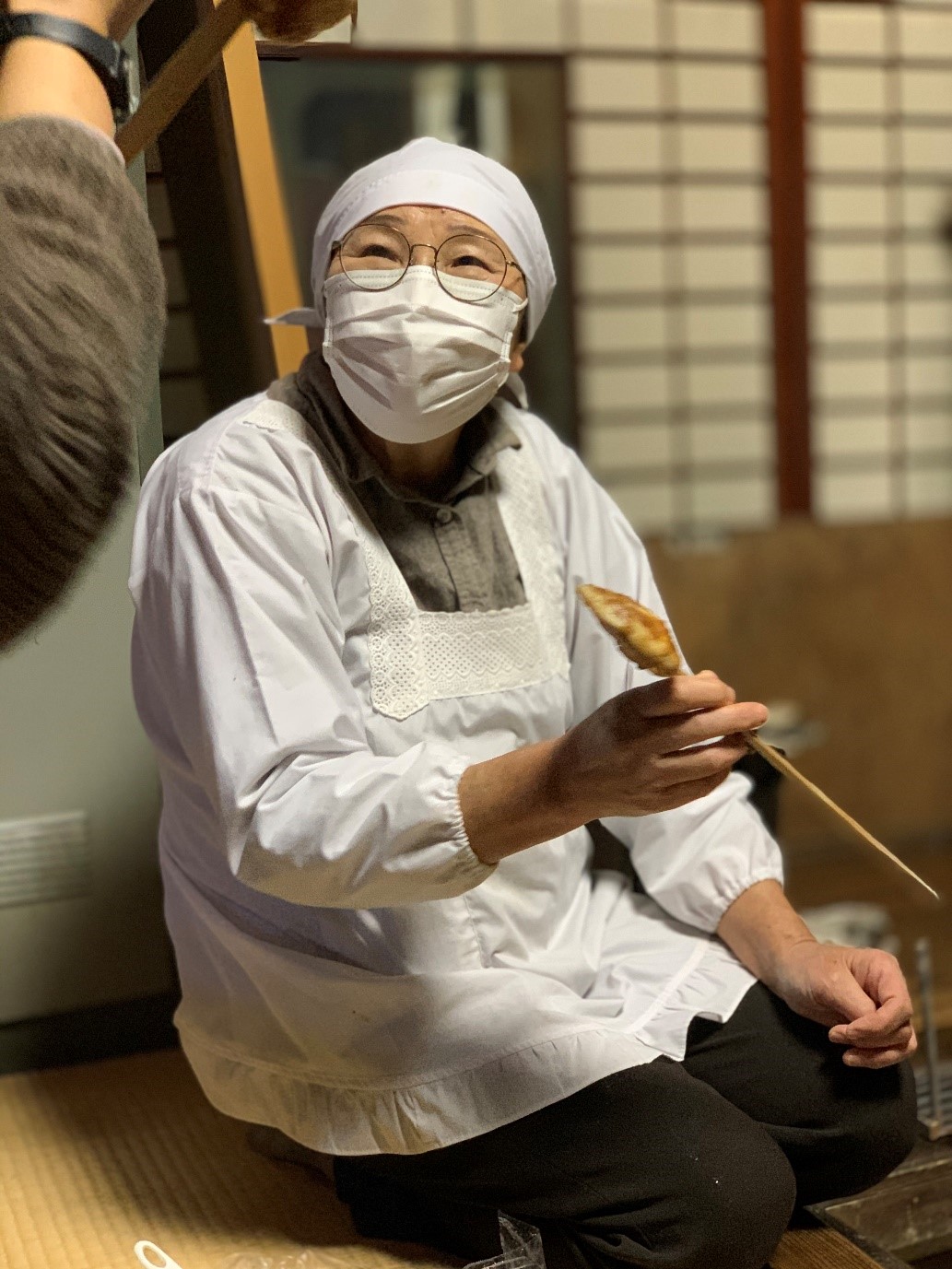
If you haven’t yet, this alone is reason enough to visit Iwate. Next up, we meet Hitomi-san, a bear-hunter’s wife, at her home. Hitomi-san indulges us in a local specialty called adzuki-batto. We roll wheat flour dumplings, which we dip in the sweet harmony of adzuki bean soup, a perfect winter hug in a bowl.
A few cups of ume tea, dried persimmon, khushi mochi and pickles later, we take a stroll around her house, set in the foothills of the mountain scenery, an oozy morning dream. And don’t forget to spot the stuffed glaring bear in the adjacent room!
Day 2 – Tono
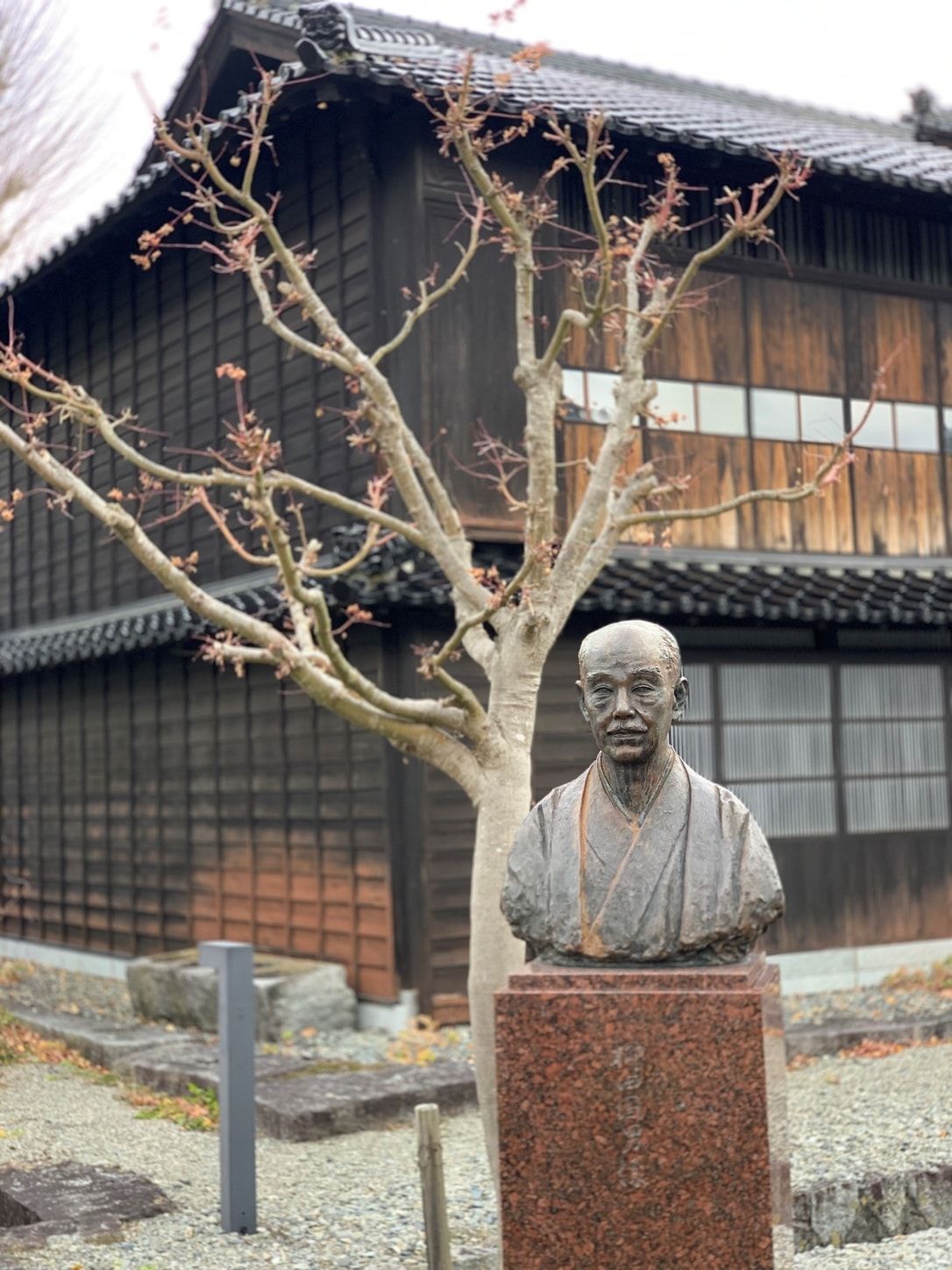
We start the second day with a walk around Tono city, learning about the fascinating realm of Tono’s folk history, pausing at the famous folklorist Kunio Yanagita’s statue. In Tono, also known as the Town of Kappa, figures of the mythical amphibian, Kappa, are a common sight.
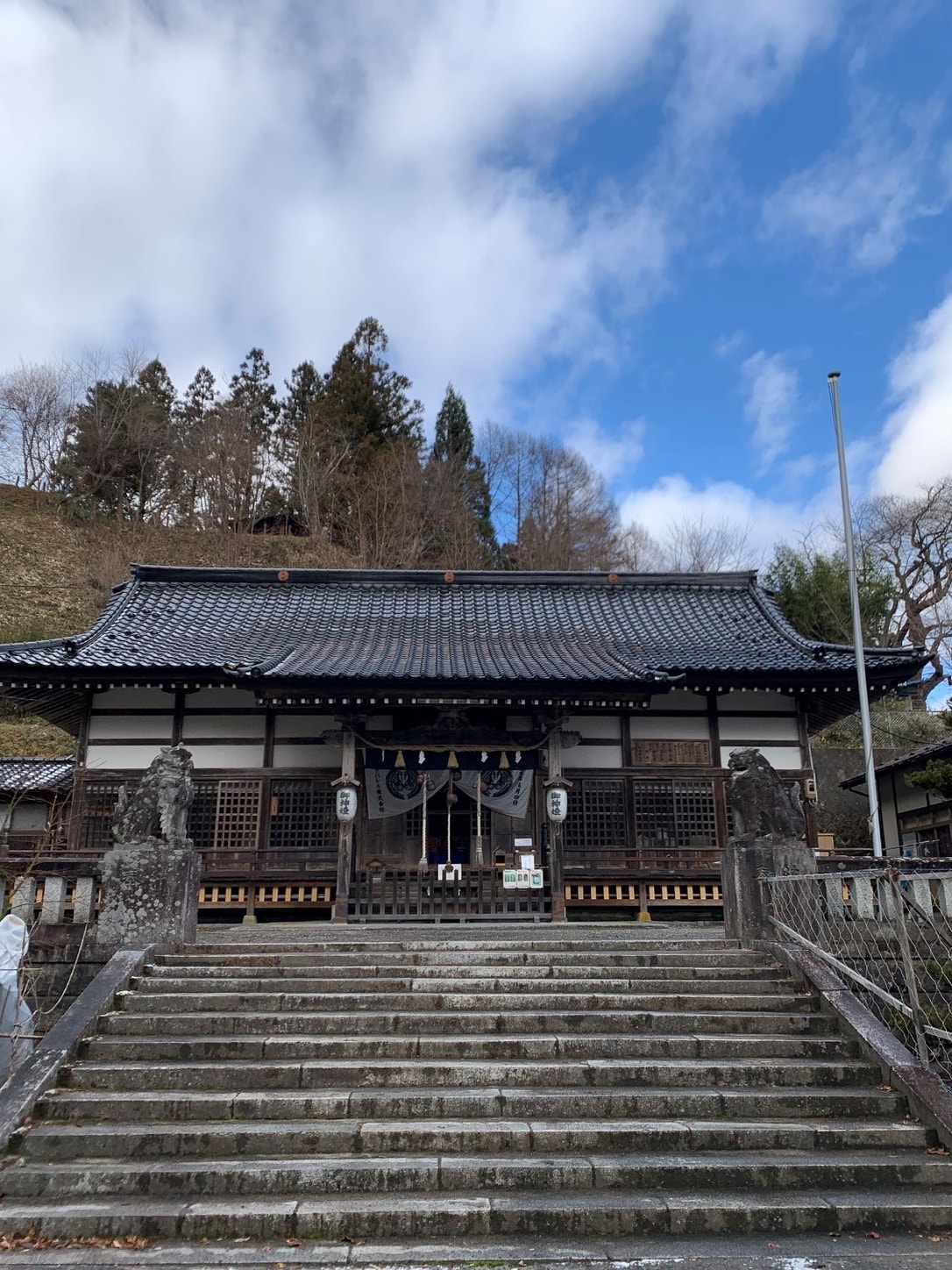
Nanbu Shrine
A short hike through the torii gates and the Nanbu Shrine, and we reach the Nabekura observatory on a hill overlooking a panoramic view of Tono city surrounded by rice paddies and mountain ranges.
We pause at an Italian restaurant, Ohonohizume for lunch. The chef and owner here, Mikio Sugata, has mastered the art of farm to table, all while raising cows and growing his produce. No matter what he whips up, you will crave for more, shamelessly lick and repeat.
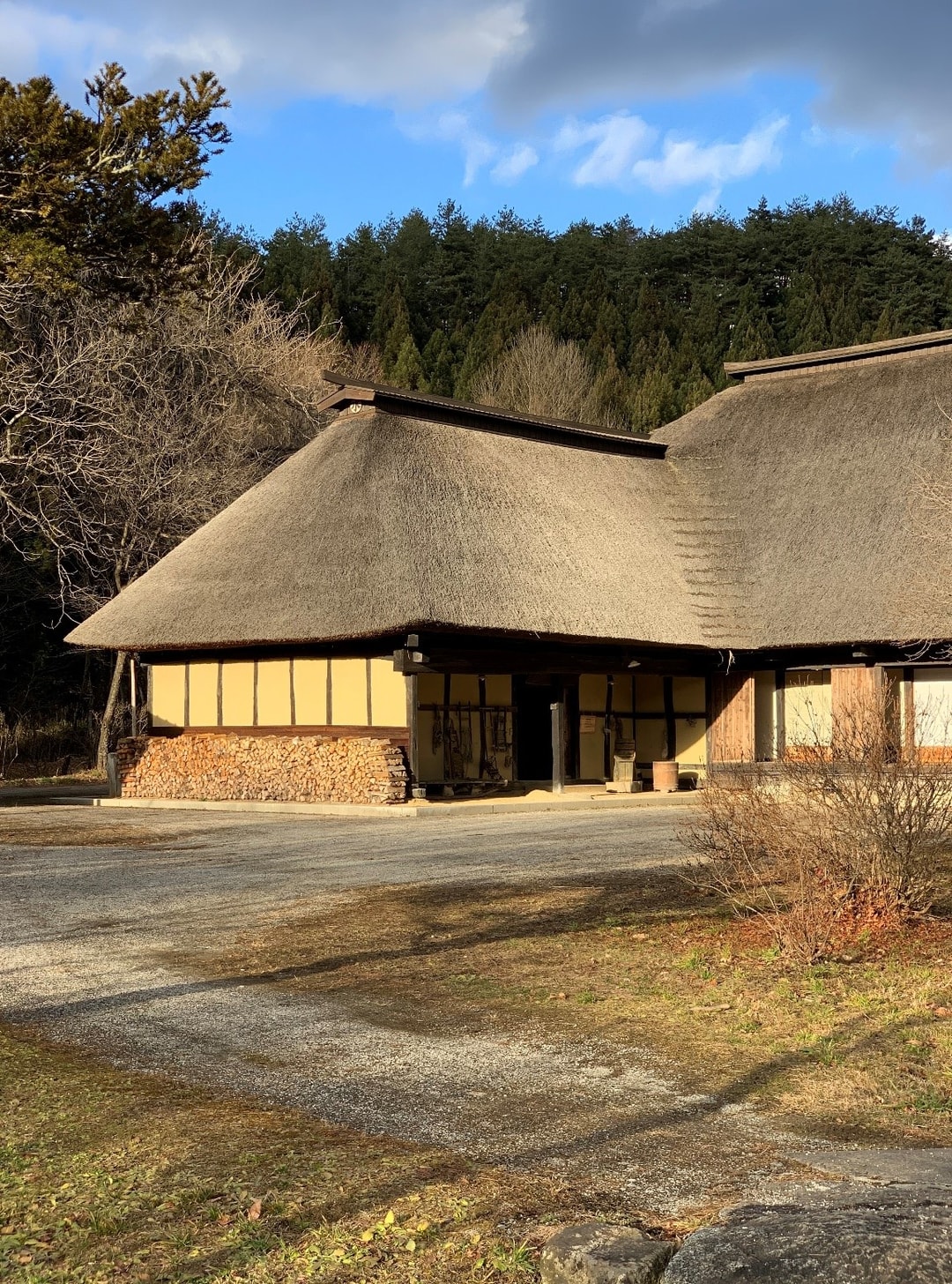
True to Tono roots, Tono Furusato Village is our next stop where time has frozen; thatched roof magariya houses built in the latter half of the Edo period, straw figures and horses – the very air you breathe makes you yearn to live a more bucolic way of life.
As the night falls, it’s time for dinner and stargazing. A stroll around the white sands of the Nebama Beach and the enchanting moon road, where for a few minutes, you can glance at the moon glow straight from Horaikan Inn. The inn was first opened in 1963, and is the place to feast on local seasonal Sanriku cuisine and stories from the amiable owner Akiko Iwasaki.
Day 3 – Kamaishi
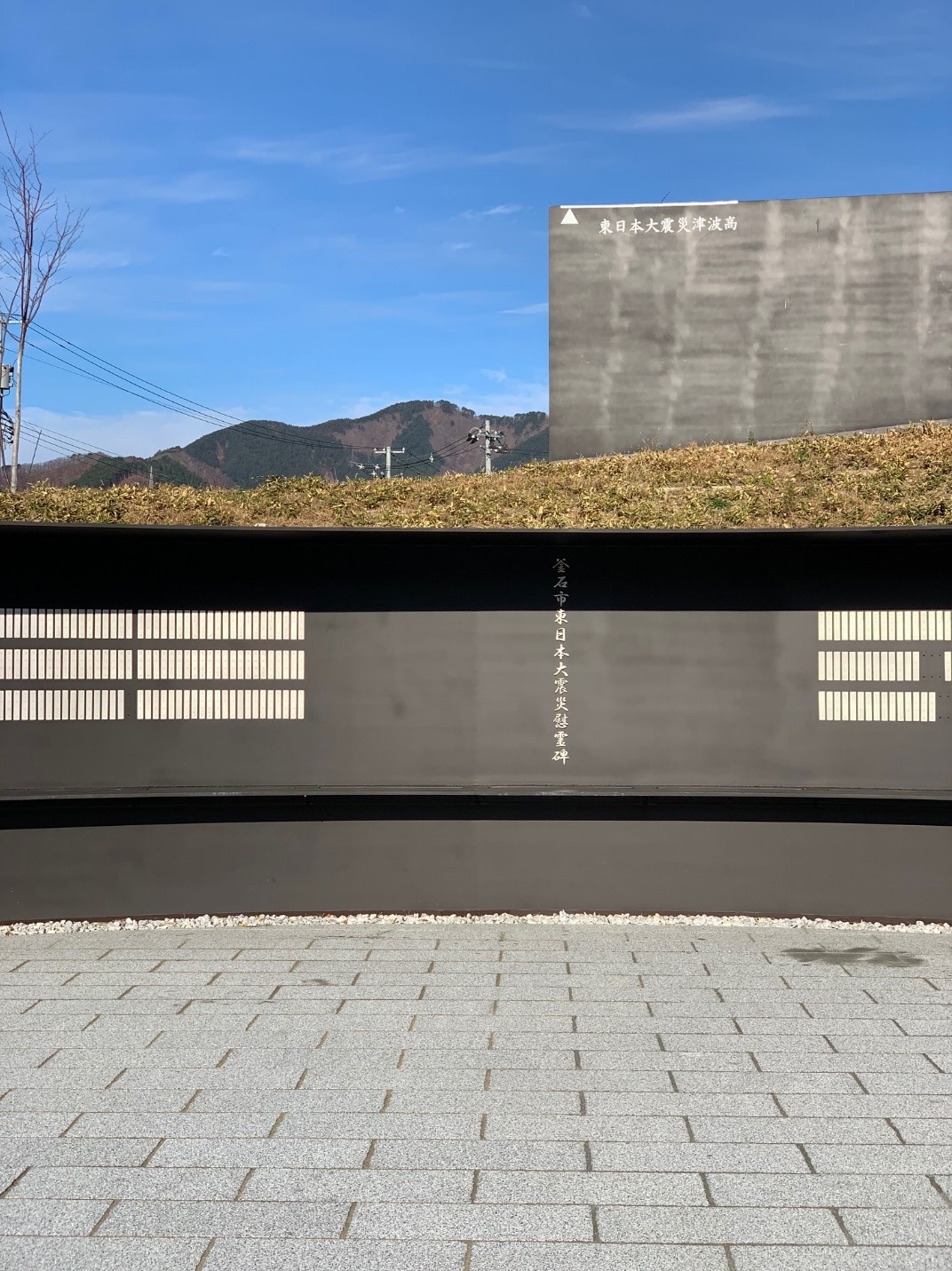
Kamaishi Memorial Park
We begin our last day with a visit to the Kamaishi Memorial Park, built in remembrance of the lives lost after the 2011 Great East Japan Earthquake and Tsunami, an architecture that invites you to learn about the unforgettable history of the people of Kamaishi. A tsunami monument stands 11 meters tall as a demarcation of the Tsunami’s height. Alongside is the citizen’s charter of disaster prevention, a pledge written to guide during earthquakes for the future generations.
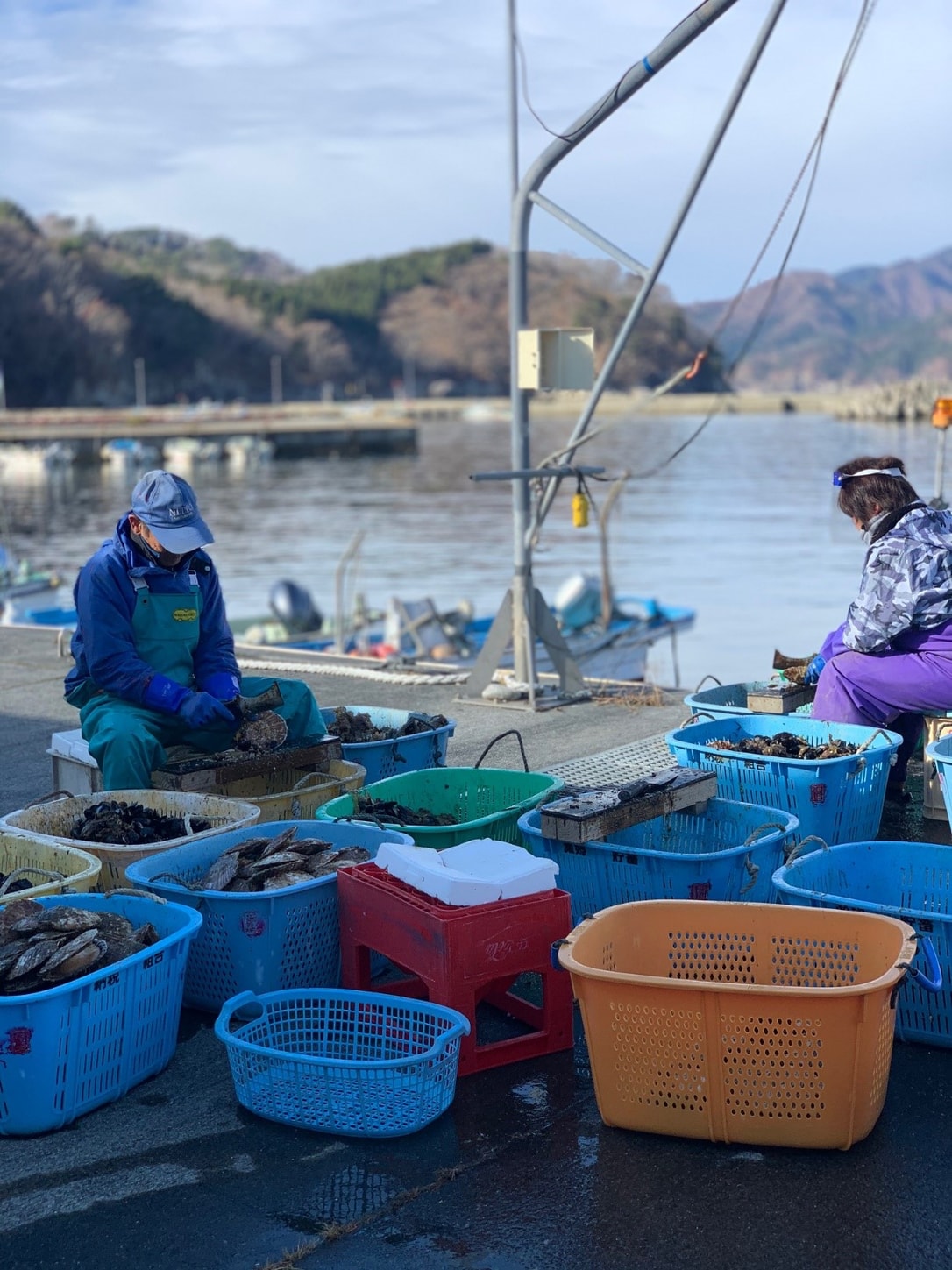
Later that morning, we take a trip down to Hakozaki Shirahama, a fishing inlet, and spend the afternoon spotting starfish and gallons of fresh scallops being treated live straight from the clear waters. The primary livelihood of these fishing towns being scallops, sea urchins and seasonal fish.
Takizawa shrine on the Sawahi River banks is our next stop where we hike down to the main shrine to an atmospheric stream of waterfalls and ripples, a mythologically significant spot.
Soon, we head to the Arahabaki megalith at Tannaisan shrine. The Tannaisan shrine here is 1,300 years old. A few steps upward is the legendary Arahabaki rock, which enshrines the mysterious Arahabaki god.
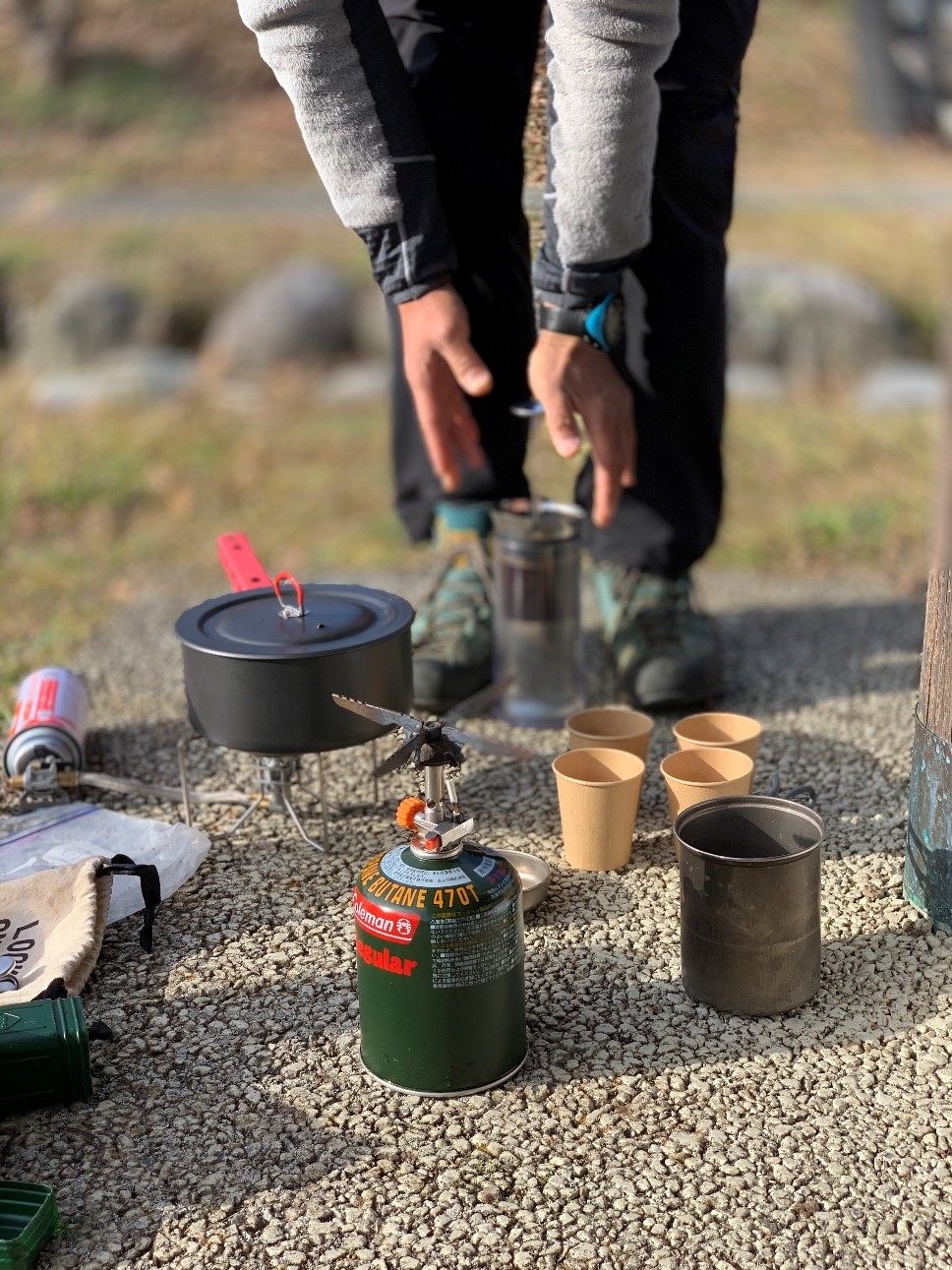
For our last hurrah, we break for lunch with our bags packed at an outdoor cabana in the valley, a bento, some hand-dripped coffee, and a few laughs exactly how it should be.
And as I sat waiting for my train at the station, I recognized” that Iwate is more than its exemplary craftmanship of Nambu Tekki and a noodle eating competition. What goes unseen is the region’s spirit and its dynamics with nature, which is explicit in its folklores, performing arts like Shishi-Odori, sustainable food practices, craft and music. Travel to Iwate is nothing short of a powerful cultural antidote, a journey inwards.
Learn more about Iwate at https://lastfrontier.travel/
Updated On December 26, 2022

